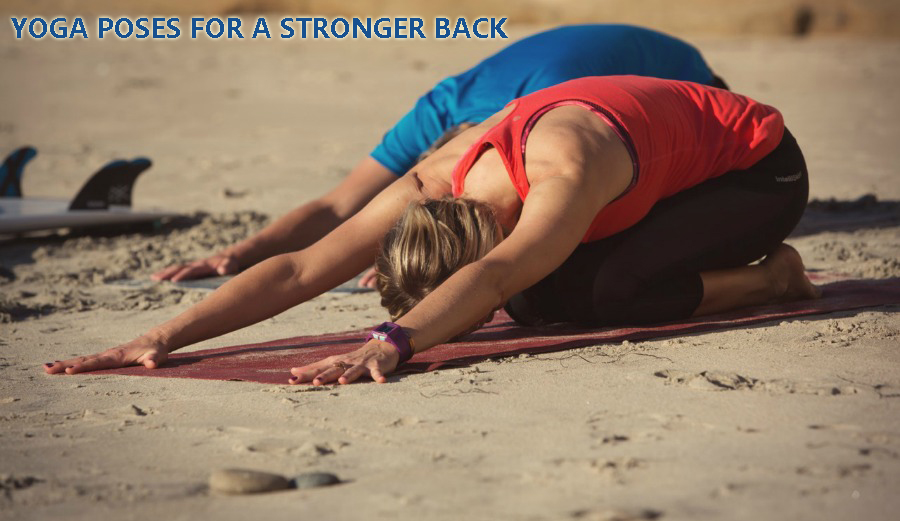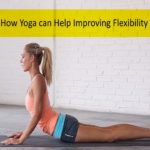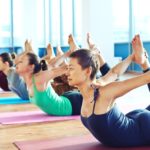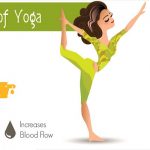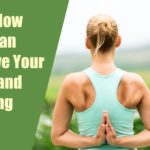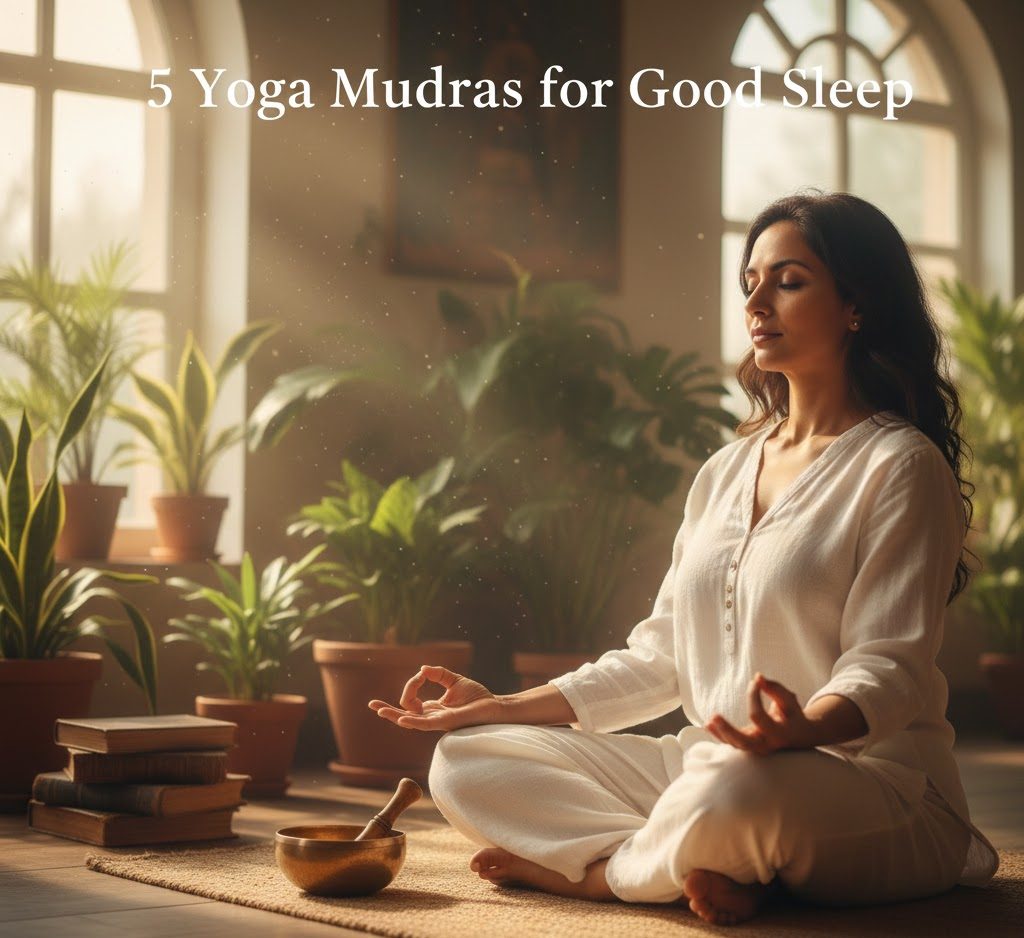We don’t think about our back muscles so often. However, it is important to pay consistent attention to them because strong back muscles are important
for supporting the strong muscles in the front of the body. Additionally, the strong back muscles also help in supporting a good posture while keeping all the chronic problems like back pain at a distance.
Our back muscles are useful in supporting us to stand, bend over and fundamentally performing all functions necessary as the human action. As human beings we should not be taking these moments for granted. Since we set more often than not our backs tend to become weaker and thus prone to injuries. Almost 80% of the adults are more than likely to suffer from back pain at least once in a lifetime. Therefore, it is important to keep the back healthy if people want to live a good, long lasting and independent life.
Practicing the yoga poses can be great for reducing the chronic back pain or correcting the back. Let us have a look at them one by one to understand these poses better.
SIDE STRETCH POSE: Starting on your back, arrive at your arms overhead and behind you, and stretch your legs long on your mat. Flex your lower legs and spread your toes and fingers. Snatch your left wrist with your correct hand and arrive at two hands toward the upper right of your mat, while bringing your feet over to your mat’s base right. This position will extend and protract your whole left side body. Take long breathes in and breathes out, and afterward rehash on the subsequent side.
SEATED TWIST: Sit tall with your legs expanded, feet at mat width. On the off chance that your hamstrings are tight, twist your knees with the goal that you can sit legitimately on your sitting bones. On a breathe in, clear your arms advance and up; on the breathe out, clear one arm down and back and your other arm forward until your fingertips arrive at the floor between your legs, contorting to the other side. On the following breathe in, clear the two arms advance and up; on your breathe out, change sides. Repeat multiple times on each side.
PLANK POSE: Spot your palms straightforwardly under your shoulders and broaden your legs back. Press immovably through your hands and pointer knuckles, root your toes down into the mat, firm your legs, and extend from the crown of your head through the bottoms of your feet. Hold the posture for in any event for some moderate breaths.
DOWNWARD DOG: From the plank pose, exhale your hips in the upwards direction and then back to the downward dog. Breathe as deeply as you can to relax your head, neck and lengthen the spine. Take your body to maximum lengths through both the sides of the waist as much as it is possible and use this strength of your legs to lengthen your heels down. Hold this posture for some breaths before you release.
BABY COBRA POSE: Lie face down on the ground with feet somewhat separated. Spot palms underneath shoulders. Keeping elbows bowed and near the body, protract through tailbone and pull chest advance and somewhat up while stretching spine. Lift hands off the ground so back is taking the necessary steps. Inhale here while taking some full breaths.
KNEE TO CHEST: Start by assuming the plank pose in the right position. Bend now while slowly lowering your knees in the direction of the ground. Bend your elbows in order to graze the sides of the rib cage, spine, lower chest and the chin in the direction of the ground. Keep your shoulders and the chest aligned with your hands and elbows reaching in the upward direction. Stay here and breathe for some time.
UPWARD DOG: Lie face down on the ground with highest points of feet on the ground. Spot hands on either side of chest, twisting elbows and enabling them to brush sides of rib confine. Squeezing into palms, pull chest forward through shoulders, and press into feet to lift thighs and knees off the ground so just hands and highest points of feet are on the ground. Inhale here for full breaths.
FOREARM PLANK: Begin on lower arms and knees. Keeping elbows shoulder-width separated catch hands together. Fold toes, lift knees off the ground, and step feet back. Reach through heels and crown of the head, keeping a long spine. Connect with navel to spine and inhale here for at any rate 5 full breaths, bringing down knees if essential.
WHEEL: Lie in the direction where your face is turning upwards. Make sure that your knees are bent with the feet on the ground while hips being wide apart. Bend the elbows while placing the hands on either of the sides while the shoulders being wide apart. Make sure that your fingers point the shoulders. Press your hands and feet with equal force. Lift your arms and stretching them as much as you can. Keep pressing the feet with big toes and reach the chest away from the feet. Stay here and take some deep breaths. Tuck your chin into the chest area and move down slowly.
LOCUST POSE: Start from lying in the face down direction on the mat with the both the toes being together. Reach for your arms on either of the sides and inhale deeply while lifting the chest and feet away from the ground. Stay here and breathe for some time.
CONCLUSION:
We depend on the strength and the flexibility of our spine to do nearly everything, right from walking, sitting to exercising. To move through the wide range of tasks, it is important to take the spine seriously. Care must be taken to keep the spine strong and flexible and a good yoga sequence helps in achieving this goal.
The yoga poses have a potential to decompress the discs, elongate the spine, opening the vertebrae spaces, activating the muscles around the discs and increasing the blow flow to the spine. This makes our back ready to fight the pain, heal because of the anti inflammatory oxygen.
